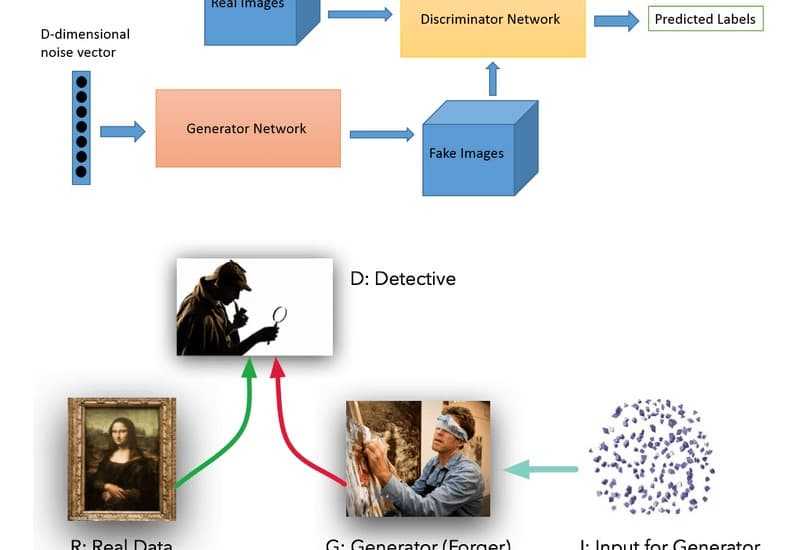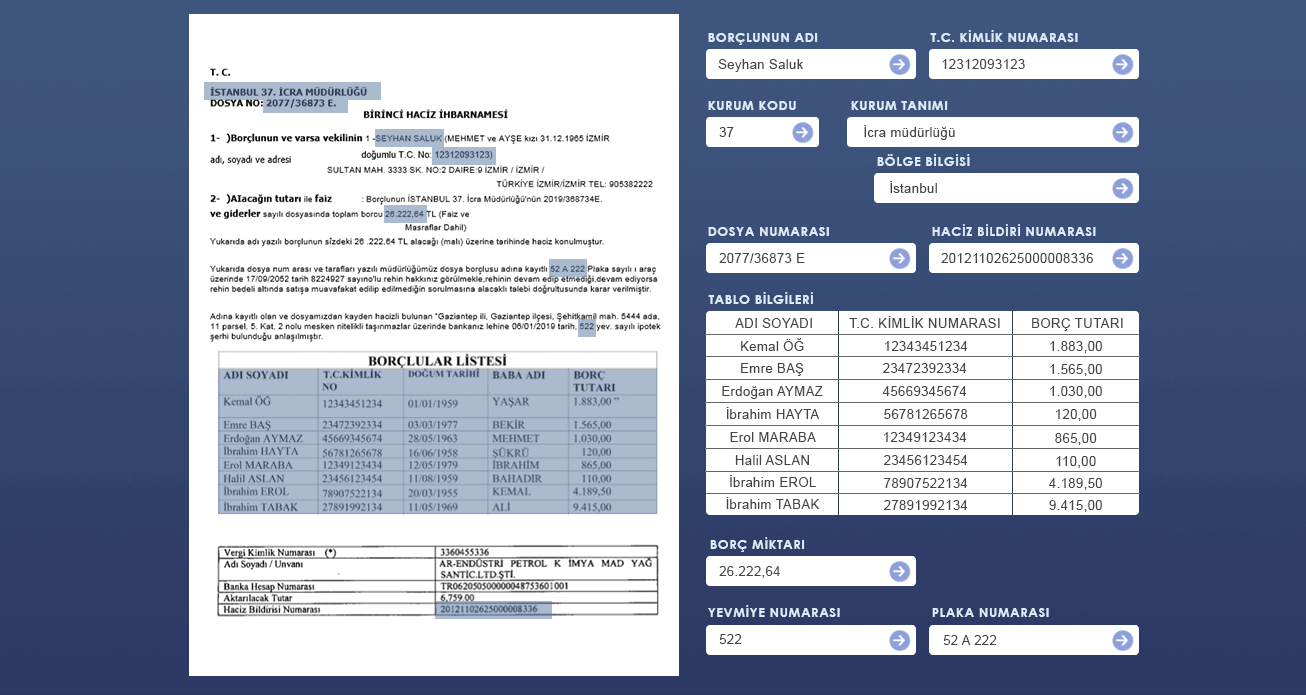How To Become A Firefighter: Your Complete Guide to a Rewarding Career
Becoming a firefighter is a noble and challenging career that requires dedication, physical fitness, and specialized training. Firefighters are essential first responders, risking their lives to protect others. If you’ve ever asked yourself how to become a firefighter, you’re in the right place. This guide will break down the process of becoming a firefighter, answer the question of how long does it take to become a firefighter, and explore different paths, including how to become a volunteer firefighter and how to become a wildland firefighter.
What Does It Take to Become a Firefighter?
To begin your journey toward how to become a firefighter, there are certain basic qualifications and skills you must develop. Firefighting is physically demanding, mentally challenging, and requires quick decision-making under pressure. Here’s an overview of the basic requirements to get started:
1. Education and Qualifications
Most fire departments require candidates to have at least a high school diploma or GED. Some departments may also prefer or require post-secondary education in fire science or emergency medical services.
2. Physical Fitness
Firefighting requires stamina, strength, and the ability to work in extreme conditions. Regular physical training is crucial. Being in good shape will help you handle the physical demands of lifting heavy equipment, carrying people to safety, and working long hours in hazardous environments.
3. Certifications
Certifications in emergency medical services (EMS), such as CPR and first aid, are often required. Many firefighters also need to become certified EMTs (Emergency Medical Technicians). Some departments may require additional certifications related to hazardous materials (HazMat) or fire investigation.
How Long Does It Take to Become a Firefighter?
A common question many aspiring firefighters have is how long does it take to become a firefighter? The timeline can vary based on several factors, such as education, training, and personal experience. Here’s a breakdown of the typical timeline:
1. Basic Education
First, you need to complete high school (or equivalent). This step typically takes 12 years, but it’s a prerequisite before moving on to further firefighter training.
2. Fire Academy
Once you have your high school diploma or GED, the next step is to attend a fire academy. Fire academy programs typically last anywhere from 6 months to a year. During this training, you’ll learn firefighting techniques, emergency medical services, search and rescue operations, and how to handle hazardous materials.
3. Gaining Experience
After completing the fire academy, many firefighters gain additional experience through internships, volunteer roles, or entry-level positions. This can take another 1 to 2 years, depending on how quickly you secure a position. In some cases, you can start as a volunteer firefighter or an EMT to gain practical experience while you continue to apply for full-time positions.
In total, it generally takes about 1 to 3 years to become a fully qualified firefighter. If you’re wondering how long does it take to become a firefighter, this timeline will give you a general idea.
How to Become a Volunteer Firefighter
Not every aspiring firefighter starts out working full-time. How to become a volunteer firefighter is a great question for those who are looking to enter the field while giving back to their community. Volunteering can also provide valuable hands-on experience, which can make you a more competitive candidate for full-time firefighter positions.
Here are the steps to becoming a volunteer firefighter:
- Find Local Opportunities: Volunteer fire departments are often in need of recruits. Start by researching volunteer opportunities at local fire departments.
- Training and Certification: Volunteer firefighters must undergo the same basic training as full-time firefighters, which includes fire suppression, search and rescue, and emergency medical response. You’ll also need to obtain certifications in CPR and first aid.
- Time Commitment: Although volunteer firefighters are not paid, they still need to commit to regular training and respond to emergency calls. This means dedicating time to be available when the department needs you.
Volunteering is a fantastic way to learn the ropes of firefighting, gain practical experience, and build relationships within the firefighting community.
How to Become a Wildland Firefighter
If you’re someone who enjoys outdoor work and adventure, how to become a wildland firefighter might be the right path for you. Wildland firefighters specialize in fighting fires in forests, national parks, and other natural settings. These fires can spread quickly and require specialized knowledge and skills.
Here’s how to become a wildland firefighter:
-
Complete Firefighter Training: Just like any firefighter, wildland firefighters must complete the basic fire academy training. However, additional wildland-specific courses will be required.
-
Physical Fitness: Wildland firefighting requires a high level of physical fitness. You'll often be hiking long distances through rugged terrain, carrying heavy equipment, and working in extreme weather conditions.
-
Get Red Card Certified: To become a wildland firefighter, you must earn the "Red Card" certification, which is issued by the National Wildfire Coordinating Group (NWCG). The certification process includes both physical fitness testing and additional wildland firefighting training.
-
Seasonal Work: Many wildland firefighter roles are seasonal, with most fires occurring during the warmer months. While some positions are full-time, many wildland firefighters work on a temporary or contract basis.
If you're wondering how to become a wildland firefighter, completing the necessary certifications, staying physically fit, and gaining experience in outdoor environments will help you succeed in this specialized field.
5. Additional Firefighter Specializations
While firefighting is often seen as a single role, there are many different specializations you can pursue once you’re in the field. For example, you could specialize in hazardous materials, fire investigation, or even fire safety education. Each of these specializations requires additional training and certification.
Conclusion
How to become a firefighter is a process that takes time, dedication, and hard work. Whether you’re wondering how long does it take to become a firefighter, how to become a volunteer firefighter, or how to become a wildland firefighter, there are various paths to get there. The key steps involve meeting educational and physical requirements, attending a fire academy, gaining hands-on experience, and earning relevant certifications.
Firefighting is a demanding and rewarding career where you can make a real difference in people’s lives. By following the steps outlined in this guide, you can begin your journey to becoming a firefighter and contributing to your community's safety and well-being.











































![[The AI Show Episode 142]: ChatGPT’s New Image Generator, Studio Ghibli Craze and Backlash, Gemini 2.5, OpenAI Academy, 4o Updates, Vibe Marketing & xAI Acquires X](https://www.marketingaiinstitute.com/hubfs/ep%20142%20cover.png)

























































































































































































